Fruits and vegetables that start with X refer to a unique category of edibles in the plant kingdom whose names begin with the letter X.
There are not many common fruits having names beginning with X, but upon further exploration, it turns out that there are actually some of them existing in the world.
Among these, some are known for their exotic origins and are cherished in specific regions of the world. The flavors range from sweet and succulent to tart and tangy.
Moreover, to enhance your understanding and appreciation of these rare finds, I will also provide a dedicated section on vegetables with X as a starter.
Let’s get started!
16 Fruits and Vegetables That Start with X with Filters
Below is a list of 16 fruits and vegetables that start with “X”, thoughtfully curated based on their popularity and availability. You can use the filter to easily find out which fruits are exotic, great for cooking, making drinks, or using as garnish.
Xigua
Xigua is another name for watermelon that is grown mainly in Africa. However, it is pretty similar to any other species of watermelon in the world without many significant differences.
This fruit, which belongs to the same family as cucumber and pumpkin, is a local food in the United States. Surprisingly, Xigua also means “watermelon” in Chinese.
Xigua is a refreshing fruit that contains more than 90 percent water, thereby helping you stay hydrated in hot weather. It is also a representative kind of food around the globe when summer comes every year.
Xiangjiao
Xiangjiao is the Chinese name for bananas. These are elongated, curved fruits with a soft, starchy interior encased in a yellow peel when ripe.
They are native to Southeast Asia and are now grown in many warm parts of the world.
In culinary use, their sweet flavor and creamy texture make them a popular ingredient in smoothies, baked goods like banana bread, and desserts.
Banana juice, though less common, is sometimes used in cocktails and fruit blends for a tropical flavor.
Xoài
Xoài means “mango” in Vietnamese. It is a famous tropical fruit from Asia. In Vietnam, it is cultivated in the majority of southern provinces.
People from the Cao Lãnh area in Đồng Tháp province of this country produce the best xoài.
Xoài needs a lot of strong sunlight while it is maturing. The more sunlight the developing fruit gets, the richer its flavor and the brighter its skin.
Mango is classified into various varieties, which are known locally as xoài cát, xoài tượng, xoài voi in Vietnam.
Xoconostle
Xoconostle is a sour prickly pear cultivar that belongs to the Opuntia matudae family.
Xoconostle grows at the tips of cactus paddles, often in clusters of up to a dozen on a single paddle. It is pear-shaped and tapering to a point.
The fruit is 5 to 7 centimeters in length and 4 to 5 centimeters in diameter. It has light green skin with a mottled appearance and a faint pink blush when ripe.
The word “Xococ” in xoconostle means “sour” in the old Nahuatl language. Xoconostle is one of the few sources of betalain, a phytonutrient that contributes to the burgundy color of the seeds and the crimson blush on the fruit.
Ximenia Caffra
Ximenia Caffra, or the sour plum, is a member of the Olacaceae family and is native to tropical areas, which are southeast Africa, Kenya, Tanzania, Uganda, and Zimbabwe.
Ximenia Caffra is also known as Mtundakula, Suurpruim, and Amatu Nduluka. This fruit begins green and ripens to orange or red, rich in tannins. Its taste is usually sour with a dry finish and contains a lot of potassium.
Not only can they be eaten raw, but they can also be cooked for treats, jellies, and jams.
Xinomavro
Xinomavro is a grape variety native to Greece, particularly in the uplands of Naousa.
The name Xinomavro is a mixture between the terms Xino and Mavro, which indicates “sour” for Xino and “black” for Mavro. The name translates to ‘acid black’, indicative of the grape’s robust tannins and high acidity.
Xinomavro grapes are primarily used in winemaking, producing red wines that are known for their aging potential.
The high acidity of these grapes makes the wine suitable for pairing with rich, fatty foods, enhancing the culinary experience.
Xarel·lo
Xarel·lo is the name of a grape variety from Spain. It is a light-colored type of wine grape with a white, greenish appearance plus some brown dots. This species of grape is also a Spanish provenance that is cultivated mostly in Catalonia.
This grape variety is also one of the most common types used to produce a Spanish sparkling wine called Cava, a drink that goes well with Gouda cheese, along with Parellada and Macabeo.
Xarel·lo wine is more fragrant and tastes stronger than wine made from the remaining two species.
Xing Zi
Xing Zi, which is “Apricot” in Chinese, is a fruit of the Rosaceae family. Some other fruits from this family are cherries, peaches and plums.
Xing Zi is grown in temperate climates throughout the globe, particularly in the Mediterranean. Except for Antarctica, it is currently grown on every continent.
Xing Zi may be eaten raw or cooked, or preserved by canning or drying. The fruit is also extensively used to make jam, pies and flavor wines.
Xoay
Xoay means “velvet tamarind” in Vietnamese. This is a species of legume in the Fabaceae family. It is mainly found in Vietnam, Cambodia, Malaysia, Laos, Thailand, and many West African countries.
Xoay tree is a tropical, fruit-bearing tree, which grows in dense forests. The fruit is small, typically grape-sized, and edible with brown or black hard inedible shells.
Moreover, the bark and leaves of the xoay tree have medicinal properties and are used against diverse diseases. The pulp of this fruit may be eaten raw, soaked in water, and consumed as a beverage.
Xylocarpus Granatum
Xylocarpus Granatum is the name of a cannonball-shaped fruit, particularly found in Malaysia and some parts of Asia.
The fruit is huge with 10 to 25 centimeters in diameter, which looks like a black-brown bowling ball.
It matures quickly, with just one fruit per inflorescence. A ripe Xylocarpus Granatum may weigh up to 3 kilograms.
The word “Granatum” in Xylocarpus Granatum implies “filled with seeds.” A single fruit normally contains 8 to 10 seeds, or sometimes up to 20 seeds.
When the fruit is ripe enough, it splits open and falls from the tree, smashes, and the seeds float away.
Xilacayota Squash
Xilacayota, also known as chilacayote, is a type of squash native to Central and South America.
It’s typically large, with a green, hard exterior and a pale, fibrous interior. The flesh is mildly sweet when ripe. In culinary use, the juice of xilacayota squash is not commonly extracted like fruit juices.
Instead, the squash is often cooked and used in traditional dishes. It’s popular in Mexican cuisine, where it’s used in sweet dishes like candied chilacayote, often prepared during Lent.
The squash’s natural mild sweetness is enhanced through cooking, making it suitable for desserts and sweet preparations.
Xà Lách
Xà lách is a term that refers to lettuce in Vietnamese cuisine. Lettuce is a leafy green vegetable known for its crisp leaves and is often used in salads.
It is a European native that is now primarily grown in some tropical countries. Its stem is often round and straight.
In culinary use, lettuce is primarily used fresh. It’s a common ingredient in salads, sandwiches, and wraps. It can also be used as a garnish or as a bed for serving other dishes.
Xerophyte
Xerophyte is a species of plant that has adapted to living in dry environmental conditions, such as a desert or an ice- or snow-covered location in the Alps or the Arctic.
Xerophytes are similar in appearance and adaptation to cacti. Its structural traits and underlying chemical processes have been modified in diverse ways to preserve water, which is also frequent during dry seasons.
In Mexico and South America, Xerophyte is consumed as veggies. Its pods can easily be found in vegetable markets. Interestingly, pineapple is also considered as a Xerophytic plant.
Xi Lan Hua
Xi Lan Hua, also known as a type of flowering broccoli or broccoli-like vegetable, is popular in Chinese cuisine.
These vegetables are characterized by their green flowering heads and stalks, both of which are edible.
In culinary use, Xi Lan Hua is commonly used in stir-fry dishes, offering a slightly sweet, earthy flavor and crisp texture.
It can also be steamed or added to soups. Often combined with ingredients like garlic, soy sauce, and oyster sauce, Xi Lan Hua enhances the taste of many traditional Chinese dishes.
Xi Yang Cai
Xi Yang Cai, the Mandarin Chinese term for watercress, literally translates to “Western vegetable”.
This naming originated when a Chinese businessman visited Portugal in the 1930s and brought watercress seeds back to his hometown in Guangzhou.
As the plant was introduced in a Western country, it was aptly named “Western vegetable.” Since then, Xi Yang Cai has gained popularity in Chinese cuisine.
It is often stir-fried with garlic or cooked in soups, bringing a unique, peppery flavor to these dishes.
Xanthium
Xanthium is actually another name for the cocklebur from North America and some parts of Asia. The fruit is yellow and consists of a scabrous and spiky look like a baby hedgehog.
This fruit is often used in Chinese medicine and has a specific name in Chinese, Cang Er Zi, due to its color and shape. In Western countries, Xanthium can be used as a painkiller to reduce soreness and headaches brought on by nasal congestion.
Xanthium is considered poisonous, according to some sources; however, the toxicity can be eliminated by rinsing the fruit in freshwater or exposing it to hot temperatures.
Next, let’s discover additional vegetables beginning with the letter X in the following sections.
Vegetables That Start with X
This section highlights some of the most notable vegetables starting with ‘X’, each with a unique contribution to culinary arts:
This is just a brief list of the most famous vegetables beginning with the letter X. For a more comprehensive exploration of such foods, consider delving deeper into the subject.
Do you know any other fruits or vegetables that start with X? Share your discoveries in the comments! Have you encountered any of the items on this list? Let’s discuss it below!


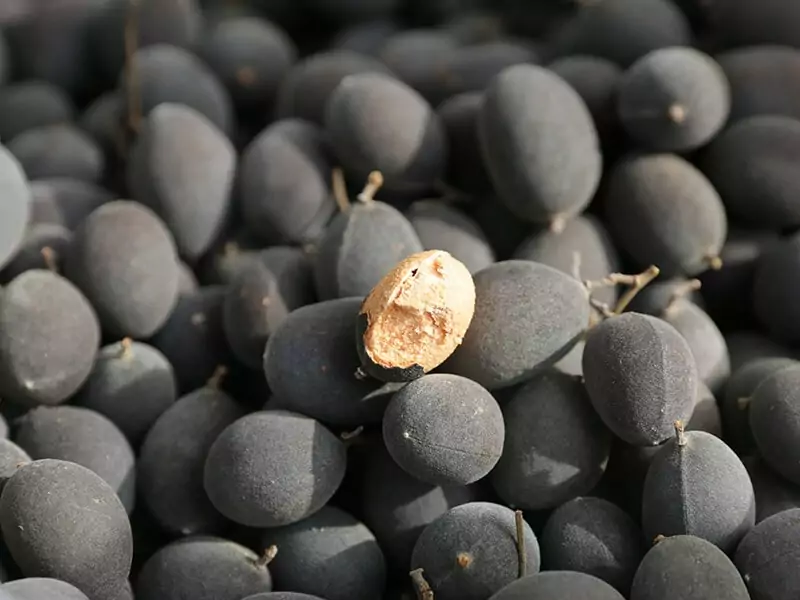
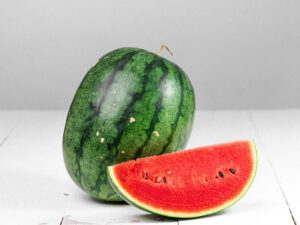

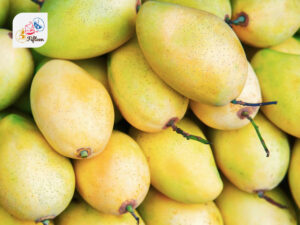
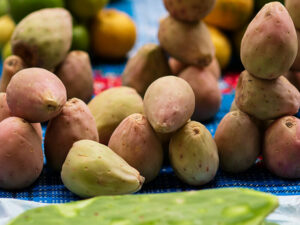
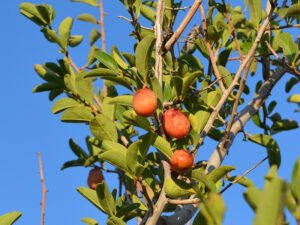
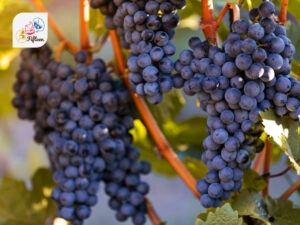
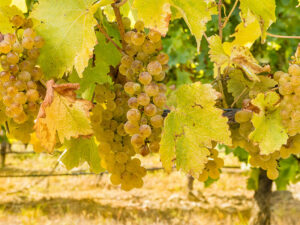
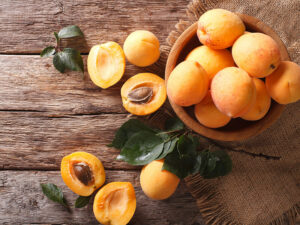
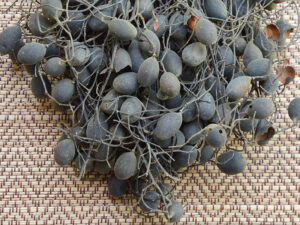
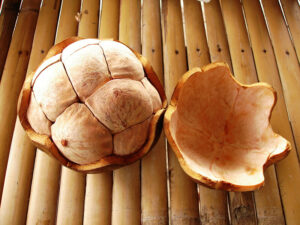
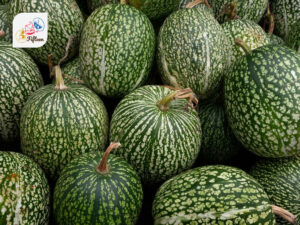

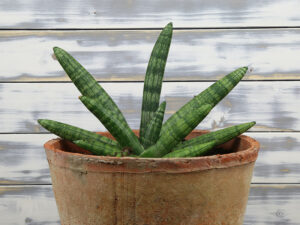
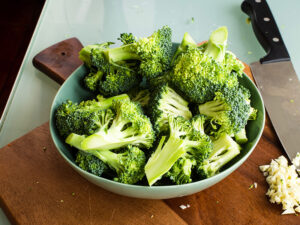
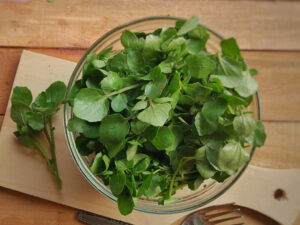
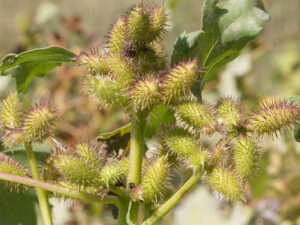

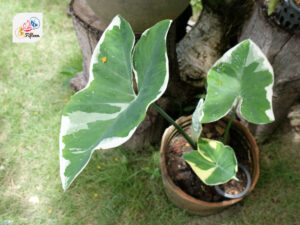
Jamie Scott
Editor in Chief, Senior Content Writer
Expertise
Home Cooking, Meal Planning, Recipe Development, Baking and Pastry, Food Editor, Cooking-video Maker, Western Food Evaluation Expert
Education
Le Cordon Bleu College of Culinary Arts
Local Community College, New York, NY
Jamie Scott is a skilled culinary expert and content creator specializing in Western cuisine. With over 15 years in the culinary field and formal training from Le Cordon Bleu, Paris, Jamie deeply understands how to blend nutrition with delicious flavors. His passion for cooking matches his commitment to making healthy eating accessible and enjoyable.
On Fifteen.net, Jamie brings a fresh perspective to classic dishes and beverages, offering readers insightful recipes, cooking tips, and a fresh view on meal planning that emphasizes taste, health, and simplicity.